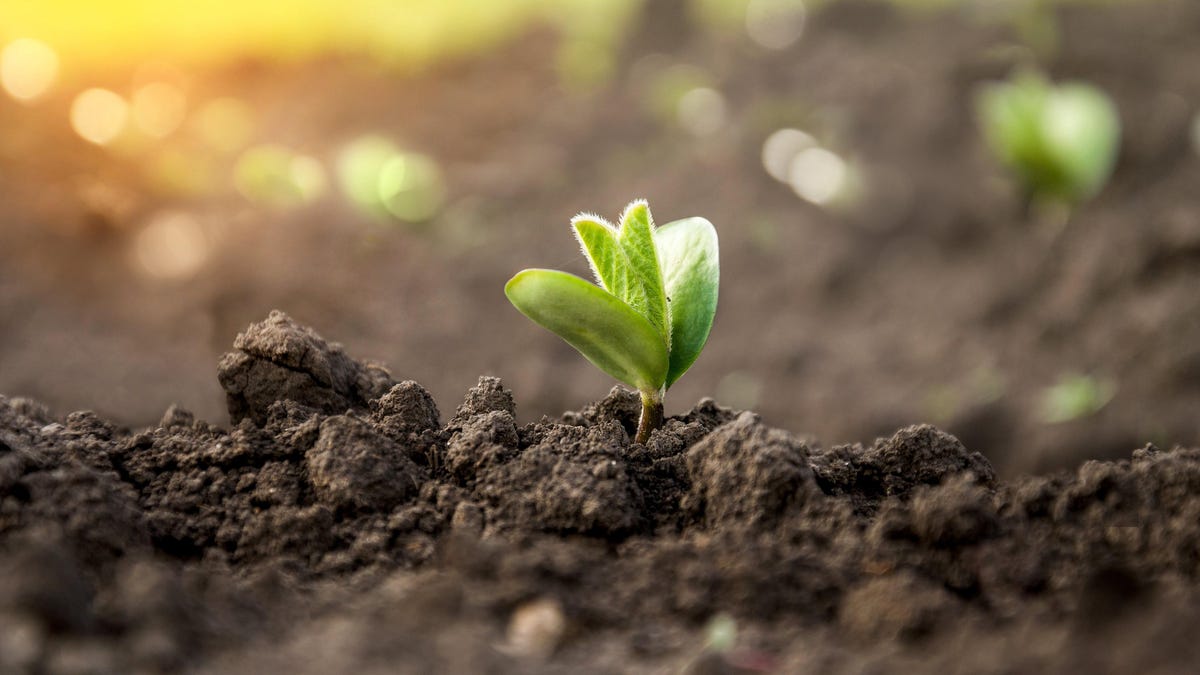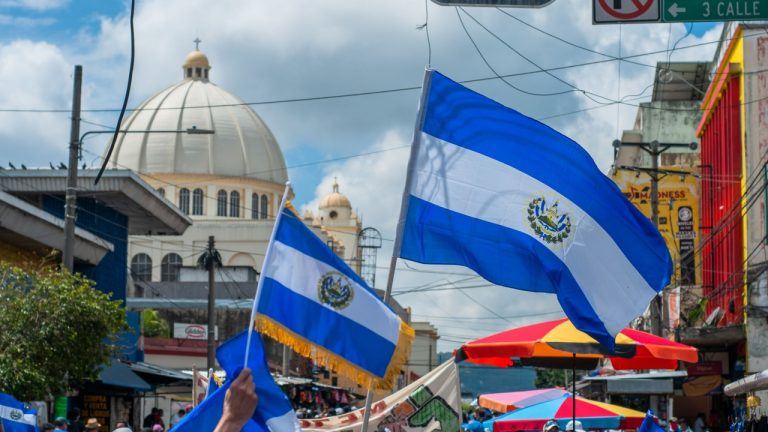What the Hell Is 'Reverse Spring'?
People who live in areas that experience all four seasons tend to have certain expectations for each one—usually corresponding with a weather worksheet they completed in elementary school. (Summer = sun, fall = changing leaf, winter = snowflake, and...


Photo: zoyas2222 (Shutterstock)
People who live in areas that experience all four seasons tend to have certain expectations for each one—usually corresponding with a weather worksheet they completed in elementary school. (Summer = sun, fall = changing leaf, winter = snowflake, and spring = either an umbrella or raincloud.)
And while the weather still follows general patterns, thanks to climate change, it also does whatever the hell it wants, when it wants. And according to the folks at the Farmers’ Almanac, we may be in for some unusual weather in the next few months, thanks to reverse spring.
What is ‘reverse spring’?
Also known as “backwards spring,” “reverse spring” basically means that instead of the temperatures gradually warming up throughout the season, they’ll be getting cooler in some areas. Let’s look at this year as an example.
The people making the predictions over at the Farmers’ Almanac say that the calendar and season may feel particularly out of sync this year. The first day of spring for people living in the Northern Hemisphere is March 20, 2022, but it may not feel like it. In addition to taking longer than usual for springlike temperatures to arrive, some parts of the country may be unseasonably cold.
Throughout the rest of March, all of April, and the first half of May, forecasters at the Farmers’ Almanac predict that states in the northern tier of the country will see their “normal” spring temperatures (whatever that means now), while southern-tier states remain unseasonably cool. Unsurprisingly, the almost-always-hot parts of the Southwest will have their usual warm/hot spring.
But then—and here’s where the reverse comes in—the second half of May, which is basically summer, is predicted to bring cooler-than-normal temperatures to the rest of the country.
And what about precipitation? The Farmers’ Almanac predicts that the spring of 2022 will be wetter than average in the Great Lakes, Ohio Valley, Midwest, and the south central states. Meanwhile, both the Northeast and Southwest will be especially dry.

 ShanonG
ShanonG 
































